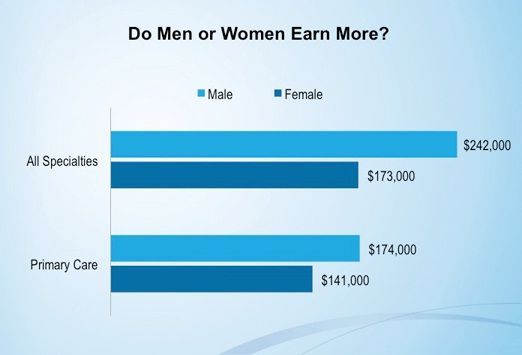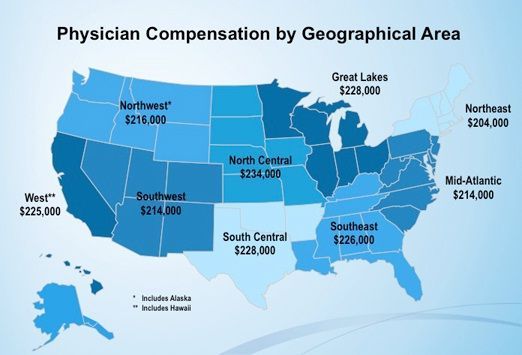Article
Overall Doc Compensation Down; Radiology Tops the List Again
Author(s):
While the overall income for physicians decline in 2011, some specialties fared better than others.
While the overall income for physicians decline in 2011, some specialties fared better than others, according to Medscape’s Physician Compensation Survey Report: 2012 Results.
The specialties at the top of the earnings list were the same in 2011 as in the previous year despite a decrease in mean income. Radiology and orthopedics both earned a mean of $315,000, with cardiologists close behind with $314,000.
At the bottom, pediatricians earned a mean of $156,000; however, unlike their counterparts at the top, pediatricians’ compensation increased from the previous year. Family medicine earned $158,000 and internal medicine earned $165,000 — compensation increased for both those specialties as well.

Ophthalmology had the biggest income increase (9%), while general surgery saw the biggest income decrease (-12%).
The report also looked into the difference of compensation between men and women. Overall, male physicians can earn 40% more than female physicians. However, the gap can be narrower depending on the specialty: male OB/GYNs earn 14% more and male pathologists earn 9% more.

The difference between compensation for the genders has partly to do with lifestyle and specialty preferences that women physicians choose. Women choose fewer work hours, which affects compensation, and usually go into lower-earning specialties such as obstetrics/gynecology and primary care.
Physicians in Iowa, Missouri, Kansas, Nebraska and South and North Dakota earn the most in the country with a mean income of $234,000, which is up from the previous year. Those in the Northeast earn the least at a mean of $204,000.

Survey respondents proved that “rich” can be very relative. Only 11% reported that they consider themselves rich. However, 45% admitted that while their income probably qualifies them to be considered rich, they don’t feel it because of all the debts and expenses they have.




